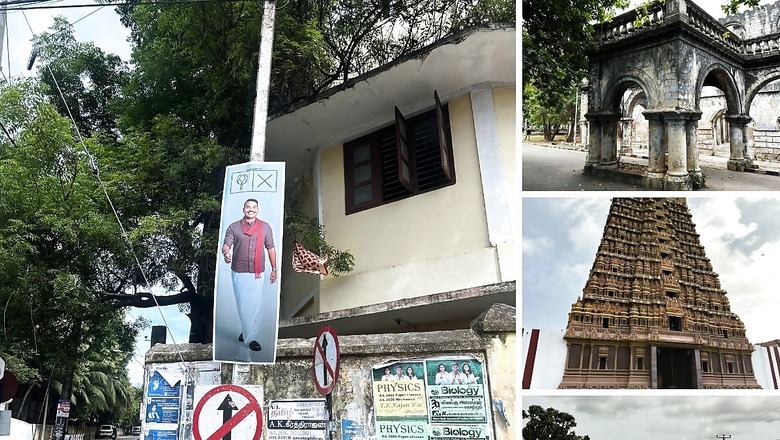
views
A9 highway connects Kandy, the cradle of Sinhalese culture and history, to Jaffna, the crucible of Tamil culture and history. This 321-kilometre-long beautiful highway runs through middle of the island nation, vertically dividing the country. It was known as the “highway of death” till the Liberation Tigers of Tamil Eelam (LTTE) was defeated in 2009. There can’t be a better metaphor to describe the deep racial divisions still present here.
After the decimation of LTTE, geographically, the island has become one, but it still remains a divided nation, mentally.
Vavuniya is the southernmost Tamil-dominated town in the overwhelmingly Tamil dominated northern province whose capital is Jaffna. During 25 years of civil war, Vavuniya was held by the Sri Lankan government. The Tigers territory started a few kilometres after Vavuniya.
It was almost impossible to cross the border without trouble. Both sides had built multiple check points, bunkers, watch towers and had stationed a large contingent of troops. Moreover, one had to obtain an entry permit or an LTTE visa.
If you drive on the highway now, you don’t even notice the border. It is a seamless road. The physical barrier has long disappeared, but the mental barriers still remain.
Once you cross Vavuniya, new houses, commercial establishments, schools, colleges and hospitals greet you on both sides of the road. Dozens of KFC and Pizza Hut outlets have sprung up along this stretch.
Only a few crumbled buildings with bullet marks have kept the bloody past alive.
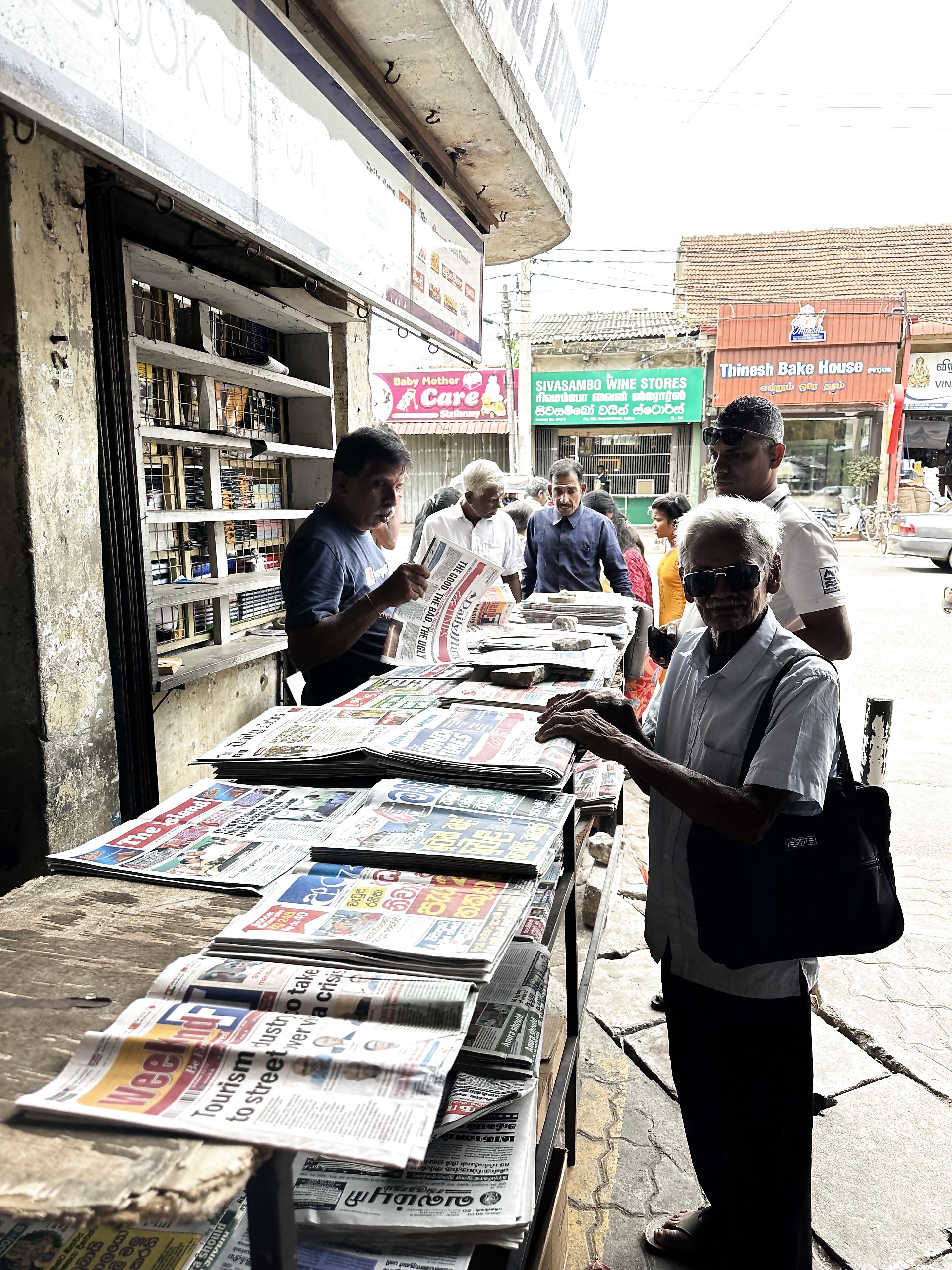
THE TRANSFORMATION OF JAFFNA
Since the end of Eelam war Jaffna has undergone a dramatic transformation. Once a ghost city, it is now bustling with people and commercial activities. The intimidating military check points and police posts have disappeared. Except traffic cops, you don’t see much of army or police presence anywhere in Jaffna peninsula.
But the local Tamil community still seems to be in a state of shock. Jaffna residents don’t come out of their homes unless they have a work to do. Except commercial areas, they city is mostly quiet in rest of Jaffna. It is a conservative city, which goes to sleep early. Youth blame lack of places to go in the night for this.
This is the fourth Presidential election since the end of LTTE. But there is no enthusiasm among the people about the election. Majority people look indifferent and don’t even want to talk about it.
The Tamil political parties have also been deeply divided over whether to support their own nominal candidate or one of the Sinhalese candidates who can win.
Some Tamil parties have fielded their own candidate P Ariyanethiran to make a statement. The TNA (Tamil National Alliance) and ITAK (Ilankai Tamil Arasu Katchi) have also divided again over this.
Tamil Parliamentarian and lawyer A Sumanthiran of TNA has declared its support to Sajith Premadasa of SJB. But all his colleagues are not with him.
All four top contenders — Ranil Wickremesinghe, Sajith Premadasa, Anura Kumara Dissanayaka and Namal Rajapaksa — have visited Jaffna seeking Tamil votes. For Anura and Namal, it was just a courtesy visit where they have little support. But Ranil and Sajith are fighting for the big chunk of Tamil votes.
During elections, no Sinhalese presidential candidate admits that the Tamils have been denied their rightful share in the nation fearing a majority voters backlash. What they say in Jaffna will be forgotten once they return to Colombo.
Former President Chandrika Bandaranaike Kumaratunga (1995-2005), is the only exception. Speaking to this reporter many years ago, she had said “It would have been politically fatal for me, but I said that Tamil had been treated badly”.
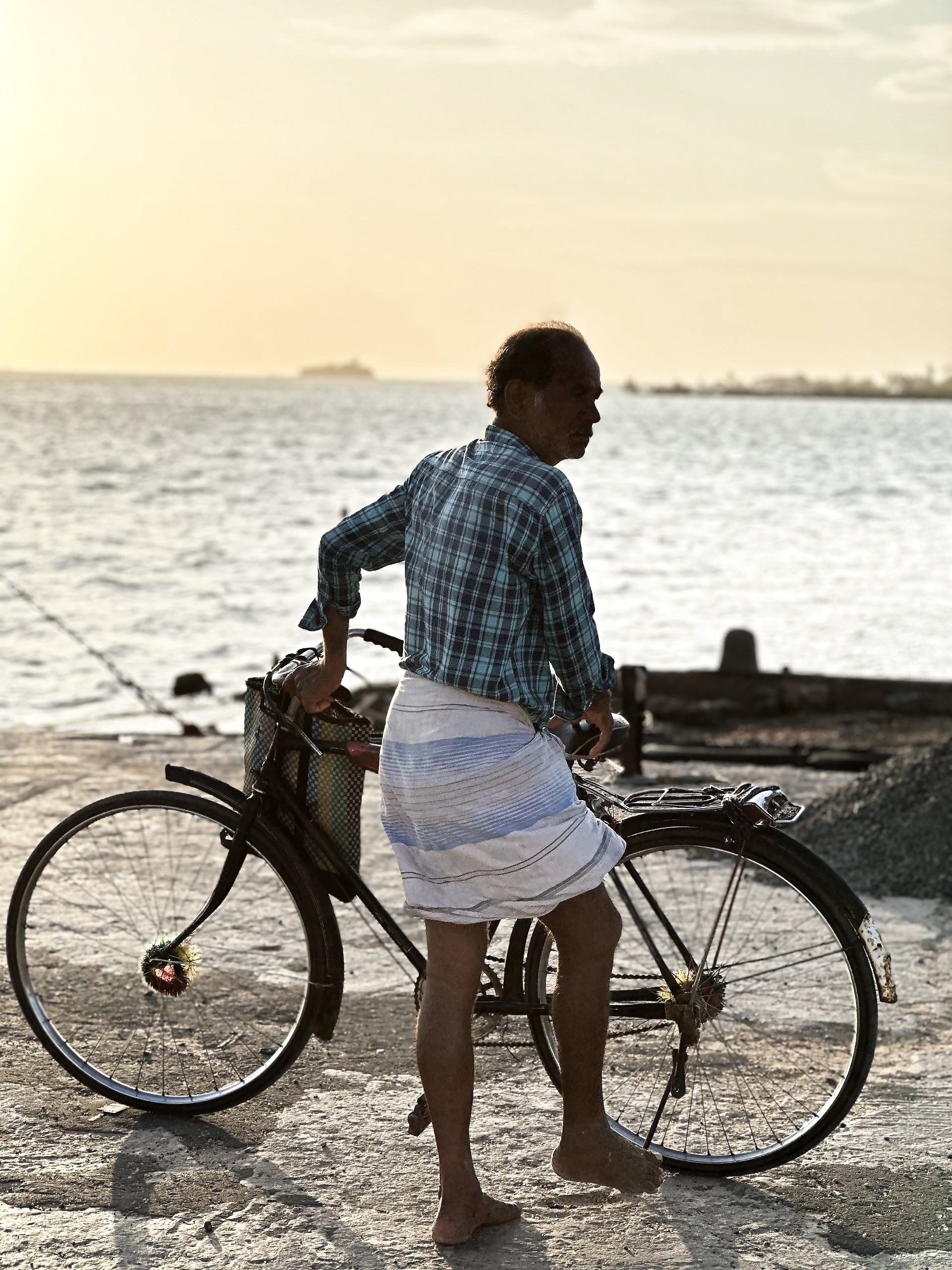
SRI LANKAN TAMILIANS & POLITICS
Sri Lankan Tamils, who are about 15% of the total population of 22 million people, have in the past voted as a block for one candidate to retain some bargaining power in the future. In 2005, the LTTE had forced them to boycott the elections. The Tamil votes would have made Ranil the President.
Since the end of war, the Tamils have more or less voted against Mahinda Rajapaksa or his family members. They hold Rajapaksa clan responsible for their misery.
However, this time there is no unanimity. Both incumbent President Ranil Wickremesinghe and leader of the opposition Sajith Premadasa have been sending feelers to the Tamil community. If the Tamils throw their entire might behind one of them, they can prevent Sinhalese radical Anura Kumara Dissanayaka of JVP from coming to power. But many want to back their own Tamil candidate who has no chance of winning.
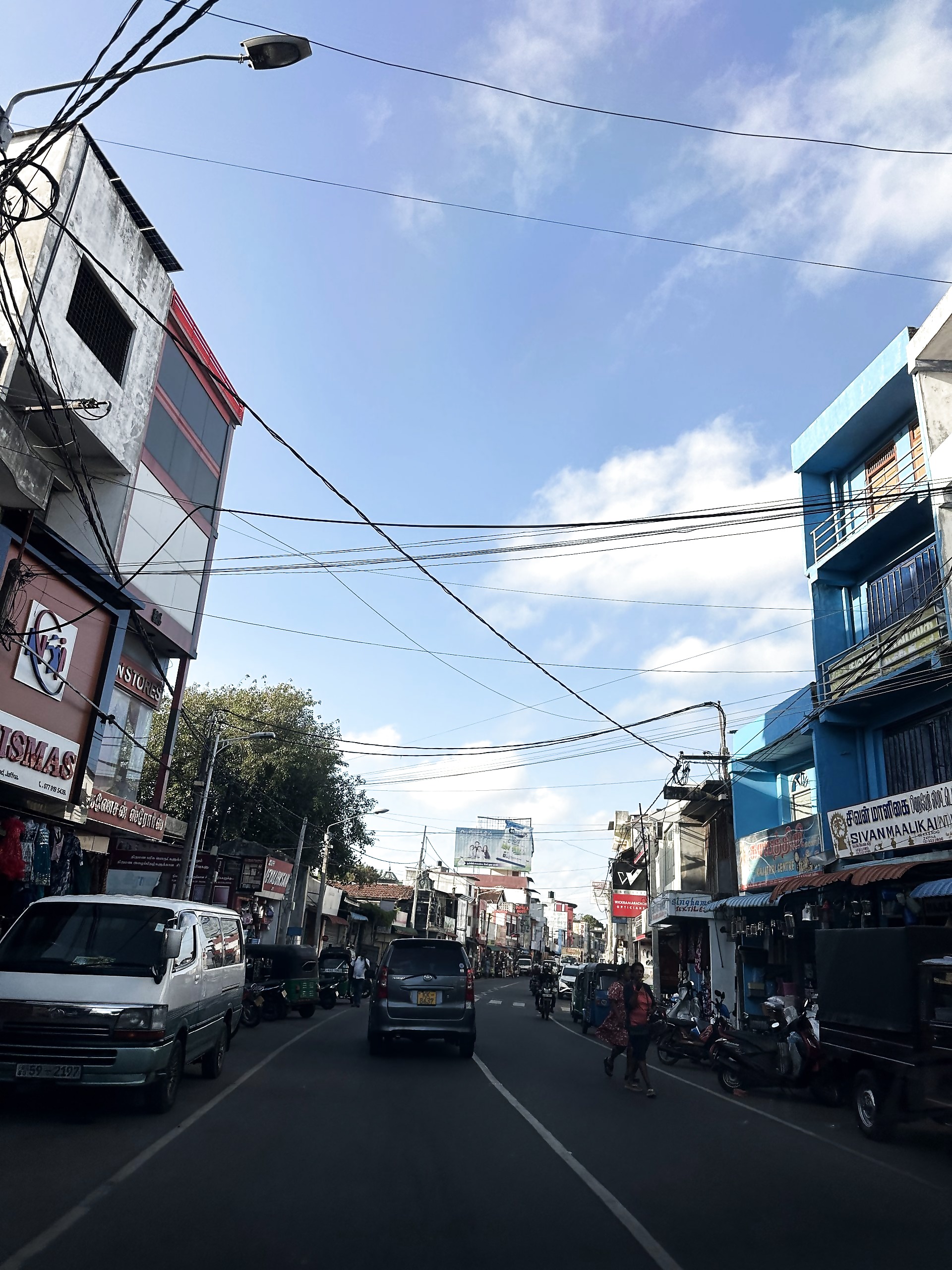
VOICES ON GROUND
The disillusioned young Tamil voters want to try their own candidate. They have no memories of Eelam war and its impact on their parents. But some older voters feel that it will be suicidal for them to choose their own candidate over a winnable Sinhalese candidate.
“It is a dangerous move. We the Tamils should unitedly vote for either Sajith or Ranil to defeat Anura. If we don’t vote as a block, we will lose our bargaining power. It will make the deep divisions between us a permanent thing. Hereafter, all future elections will be a Sinhala only affair in which Tamils will have no say”, said Nixon who works at a hotel in Jaffna.
Mahendralingam, an elderly Tamil from Karainagar, north of Jaffna also agrees with him.
Ranil Wickremesinghe seems to have some takers in the Tamil areas for his moderate views and his efforts to bring long lasting peace. The long-time Rajapaksa loyalist and a powerful Tamil minister Douglas Devananda of EPDP is campaigning for Ranil in the peninsula. Though majority Tamils hate the slain President Ranasinghe Premadasa, they have no such issues with his son Sajith. They find him a reasonable man to deal with.
Sri Lanka has about 70% Sinhalese voters, remaining 30% votes are divided among Sri Lankan Tamils about 15%, Indian Tamils or Estate workers now known as Malaiyaha Tamils about 4.5% and Muslims almost 10%.
Sri Lankan Tamils who are the original inhabitants of the island like the Sinhalese people (both came from India over 2500 years ago) vote differently than the upcountry or Indian Tamils whose issues are entirely different.
“During every election or in the time of national crisis, Sinhalese people preach us nationalism and claim we should stand together as one country. Once it is over, they go back to their old majoritarian chauvinism and continue to treat us like second class citizens. Ideally, we should not vote for any Sinhalese candidate. We should vote for our own Tamil candidate. But it can alienate us from the rest. It is a catch-22 situation for us”, said Rajasingham, a retired government employee from a village near Point Pedro, Sri Lanka’s northern most tip.
The minority Tamils, who are a majority in the north, are deeply divided over the choice of their presidential candidate, unfortunately, making it a Sinhalese-only election.














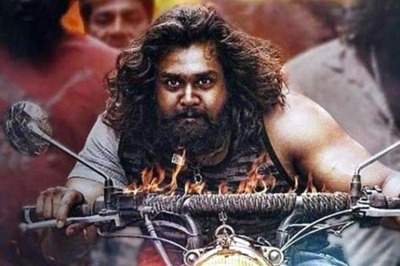




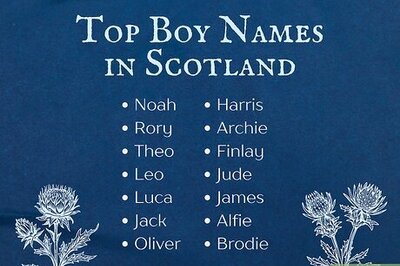
Comments
0 comment